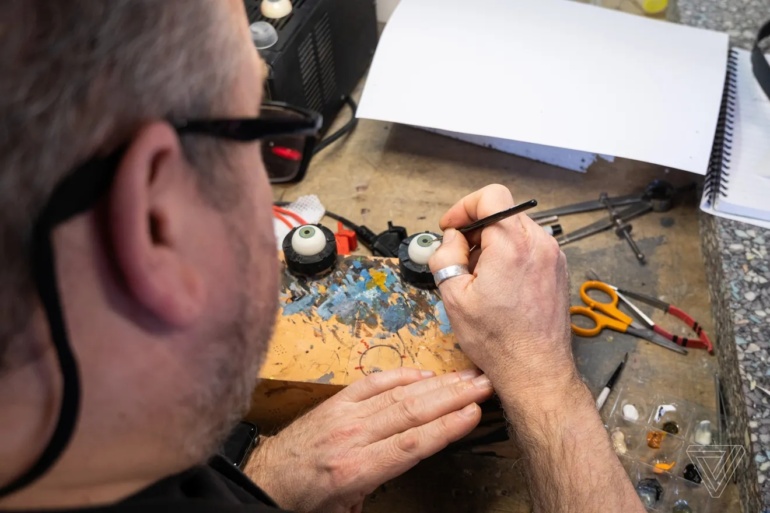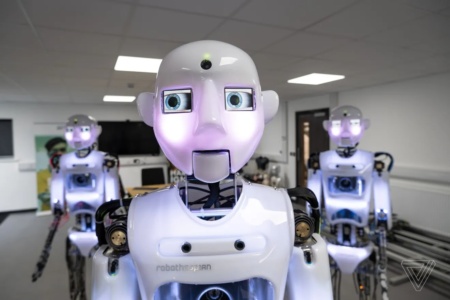
Since time immemorial, people have tried to recreate themselves. As an example, we can cite the story of the Golem, a humanoid creature that was breathed life into by a medieval rabbi. The result was sad both for the creator himself and for the people around him. The golem got out of control and did a lot of trouble.
Message from the editor: Our defenders from the 3rd separate battalion of the UDA, who are in the Zaporozhye region, need things to resist the enemy: quadrocopters and smartphones to control them, night vision sights. Details for transferring funds to a monobank card – Katerina Kolonovich, card number 5375411505235312. Please join the fundraising. Glory to Ukraine!
Would the creation of hadroid robots lead to a similar consequence? Or will they become our reliable friends and helpers? About this and not only in Theverge article “A visit to the human factory?”.
Engineered Arts – how to create the most realistic robot in the world?
Will Jackson, CEO of robotics company Engineered Arts, says he doesn’t know which is worse: angry emails accusing him of building machines that will replace humans in the future, or questions about whether it will be possible to have intimate relationships with robots.
A video of Engineered Arts’ latest creation, a gray-skinned robot named Ameca, went viral last December. In the cutscenes, an android with a metal torso and incredibly realistic facial expressions interacts with its creators at ease.
Ameca frowns as an off-camera man reaches out to touch his nose. And then completely grabs his hand and does not allow him to touch her. At the same time, the audience is shocked by the fact that the robot wants to establish a boundary between it and us. A desire that is, in fact, very human.

Robot Emotions – Engineered Arts Specialization
Curiosity, fear and excitement – recreating these emotions is the main specialty of Engineered Arts. The company makes money by selling its robots for entertainment and education. They are used by scientists in research, and marketers shoot commercials with their participation. They can be seen in museums, airports and malls where they interact with visitors. “They are everywhere where there are a lot of people with whom you can interact,” says Jackson.
Machines can function on their own, responding to questions from humans with predetermined phrases. Or they can be controlled remotely – as, for example, in the video filmed at CES. In the near future, Engineered Arts wants to equip its robots with more sophisticated software that will allow them to answer questions without any human intervention.
Robots are not just entertainment, but harbingers of the future. As technology improves and androids become more realistic, the question of how we feel about such machines will become more and more relevant.
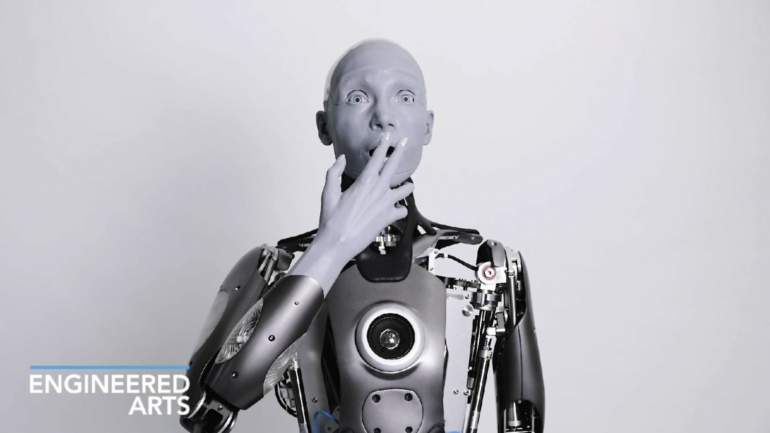
Robots in the Renaissance
Humanity’s interest in androids may seem like a momentary fad, but it’s far from it. Machines invented during the Renaissance still work today. For example, jacquemarts are figurines of people who strike the bells at the beginning of every hour on the town halls in Bern and Venice. Or the mechanical lion given to Francis I of France in 1515. Designed by Leonardo da Vinci, it was capable of approaching the king unaided. At the same time, a compartment door opened on his chest, inside of which there was a bouquet of flowers.

Engineer Jacques de Vaucanson, who lived in the 18th century, staged whole theatrical performances with the participation of machines. During them they played flutes and tambourines. His most famous machine was the duck, which ate, drank, and defecated. As a sign of admiration for this invention, Voltaire even called Vaucanson “the new Prometheus.”
The simpler the better
“It’s amazing how easy it is to make a car look intelligent,” says Jackson. For example, at the very beginning of its activity, his company came up with a trick with speech recognition. Instead of programming a chatbot that analyzes people’s speech, Engineered Arts engineers wrote a program that repeated the last heard by the robot, swapping the words “you” and “I” in any sentence. “You say ‘I love you’ to the robot and it says ‘You love me’,” he says. “And you think: “Oh my God, he understands me.” In fact, he just swapped two words.”
The company’s headquarters is located in Falmouth (UK). It is a rather nondescript fishing town with a population of just over 20,000. He himself is located on the southwestern tip of the UK in the county of Cornwall.
Engineered Arts creates its robots from scratch, from molding rubber faces to programming the brain. Thanks to this, its products can be considered unique. Only a division of the Disney film studio Imagineering, which creates animatronics for its theme parks, can compete with it. The only difference is that Disney doesn’t sell what it makes.
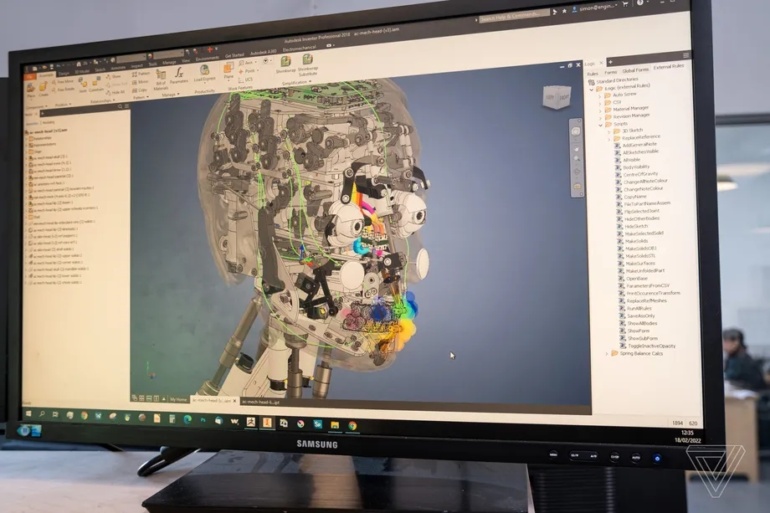
Ameca is Engineered Arts’ most advanced robot
Since its founding in 2005, Engineered Arts has produced about half a dozen robots. But her latest model, the Ameca, is undoubtedly the most sophisticated. After our first tour, Jackson takes us to one of the three working prototypes. When he boots up his operating system on the laptop, the machine comes to life. He puffs out his cheeks, raises his eyebrows, grimaces and blinks. It is similar to the facial expressions of a newborn baby. At the same time, there is a feeling that the hardware is not yet fully synchronized with the software.
As a species, we have a hard time recognizing faces, but Ameca is so realistic that it takes almost no effort to show intelligence.

Engineered Arts uses a variety of techniques to enhance the impression of intelligence. Jackson is especially proud of the clavicle, thanks to which the robot is able to move back and forth, lean, roll and mince. It can also convey subtle emotions such as anticipation and apprehension. The microphones in the robot’s ears allow it to triangulate the sound and turn towards the source of the noise. And the cameras in his eyeballs allow you to track hand movements and facial expressions of people. If you move in the presence of Ameca or talk to him, he reacts like a human. He turns to look at you and naturally you look back.
There are many technical problems associated with reproducing the mobility and plasticity of the human body. Electric motors are far more bulky and energy intensive than muscles, and their digital control systems are still unable to mimic our agility and responsiveness. In robotics, this is known as Moravec’s paradox: it’s easier to build an AI that can beat a chess grandmaster than a robot with the physical skills of an infant.

It is unlikely that Musk will create a machine that can replace a person
Despite this, advances in some areas of AI, such as machine vision and language understanding, give reason to hope for the creation of an ideal humanoid robot. When asked about Elon Musk’s plans to create an android worker for his factories, Jackson shakes his head and says. “When Musk announced the Tesla Bot, we nearly died laughing. Yes, he has money and he knows how to find talented performers. But it is unlikely that he will create a machine that can replace a person.”
“If you want to understand why Musk fails, just look at Boston Dynamics. This company has been developing robots for decades. But its most advanced android, Atlas, is still limited in its capabilities. It is used for demonstration purposes and research work. Paradoxical as it may seem, but at the moment people are better at being people. Musk’s desire to create an accommodating robot worker is more indicative of his relationship problems with his staff than an understanding of the possibilities of robotics.
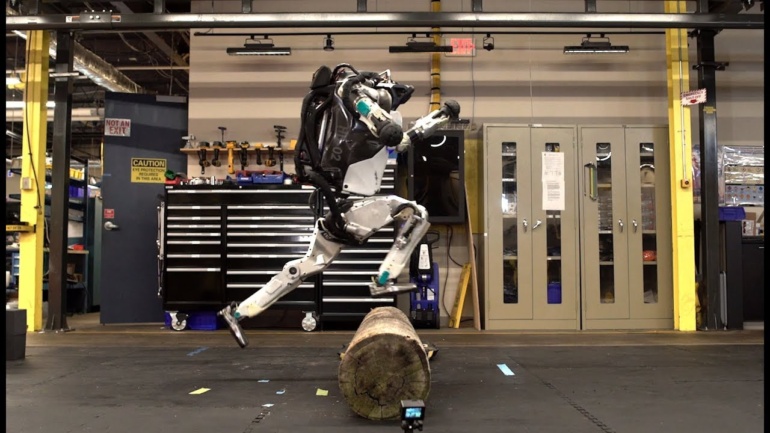
Unlike Hanson Robotics, creators of the Sophia robot, Engineered Arts is not trying to convince everyone that its machines have advanced intelligence. When Sophia appears on a talk show and claims that she is a friend of humanity or that she wants a child, the experts go berserk. “That’s complete nonsense.” So commented on the assignment of Sophia the status of “citizen” of Saudi Arabia, AI ethics researcher Joanna Bryson. However, she and other experts admit that it uses advanced animatronics.

Artificial intelligence is an analogue of God?
Considering the history of the creation of humanoid machines, one can note a special type of robot – a saint robot. There are many examples of such machines, including sculptures of Jesus Christ and the Virgin Mary, equipped with articulated limbs and driven by clockwork. They were often used in religious ceremonies, during which they surprised people with their “magic” abilities. Now it would be strange to perceive robots as miracle workers. But at the same time, they are certainly superhuman – after all, they do not die and do not age. In an era of almost religious worship of machine learning, AI and neural networks, the trend to turn technological into spiritual is stronger than ever.
Ms. Singler, who specializes in AI cultural responses, says this is the focus of her research work. In her opinion, AI images popular on the web are increasingly reminiscent of religious paintings such as The Creation of Adam. “When it comes to artificial intelligence, it’s easy to think of it as superintelligence and therefore compare it to God,” she says.
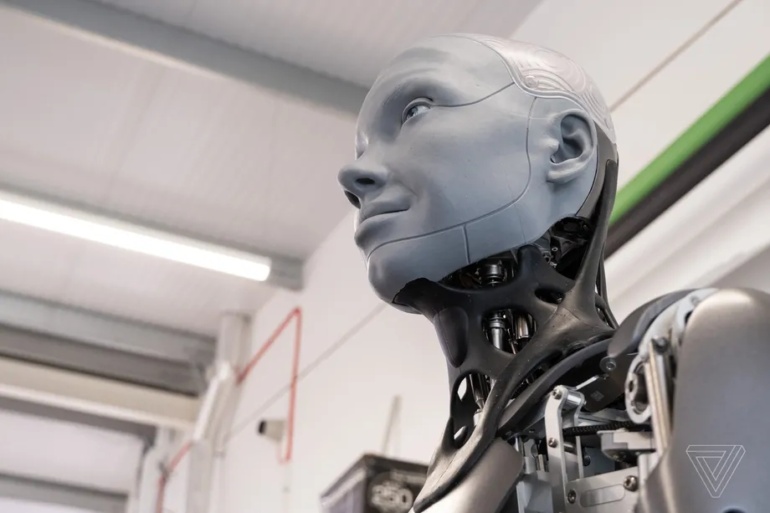
How the hell could you come up with something like that????
“The next Ameca prototype will walk,” says Jackson. He shows me a pair of metal legs that can bend and unbend at the knees. According to him, the very realization of how perfect the human body is and how difficult it is to recreate it causes him surprise and admiration. “You are trying to imitate biological systems and involuntarily wonder: “How the hell could you come up with this????”.
